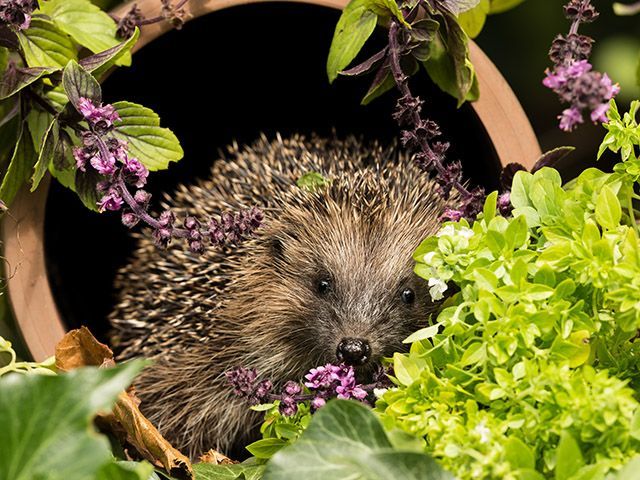
Image credit: Good Homes
How to help wildlife in your garden this winter
Take these easy steps to lend your garden’s wild residents a helping hand to survive and thrive throughout the colder months.
Image: Squire’s Garden Centres
From hedgehogs to birds, foxes to bugs – your garden is a valuable habitat for many wild visitors. However, as the temperature outside takes a nosedive at this time of year, so too does it become a lot harder for this wildlife to find enough food, water and shelter to survive the winter months.
If you want to keep your garden as a haven for nature through the coming season, there are some simple steps you can take to make your space as welcoming as possible for winter-weary wildlife.
Make housing for hedgehogs
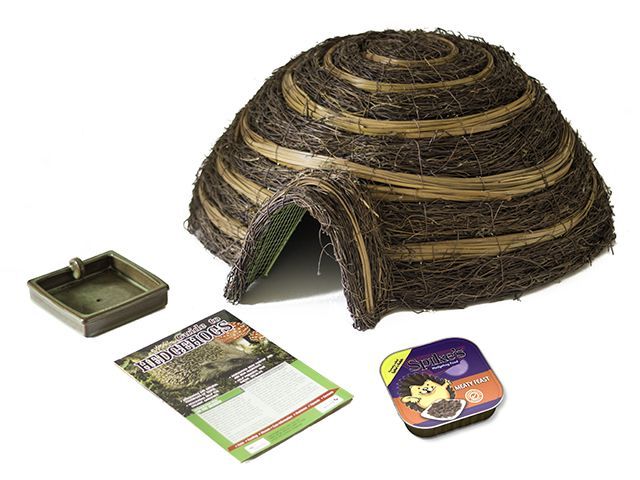
Image: Hedgehog care kit, Squire’s Garden Centre
Hedgehogs are great garden tenants as they take care of all kinds of garden pests, including slugs. As they hibernate all winter, the best thing you can provide them is somewhere to stay, whether that’s this hedgehog house from Squire’s Garden Centre, a homemade one, or just a lovely pile of leaves and logs to get comfy in. If the winter is mild, you might also want to leave some food out – dog food is a good choice, but special hedgehog food packed with vitamins and minerals is even better. Always leave water and not milk, which while they may find delicious, can be bad for them.
Supply fresh water for birds
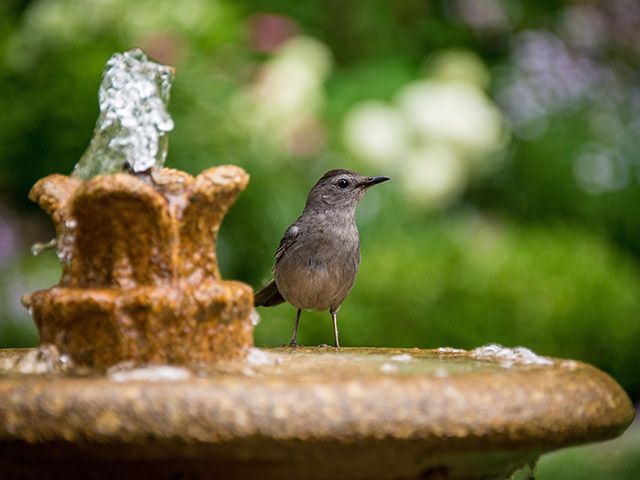
Image: Dan Wayman
According to Dobbies Garden Centre, food and water can be scarce for birds during the winter months, so ensuring your feeder is full of a variety of foods to cater for as many different species as possible and putting out a fresh supply of unfrozen water will help them endure the season.
Thaw frozen ponds
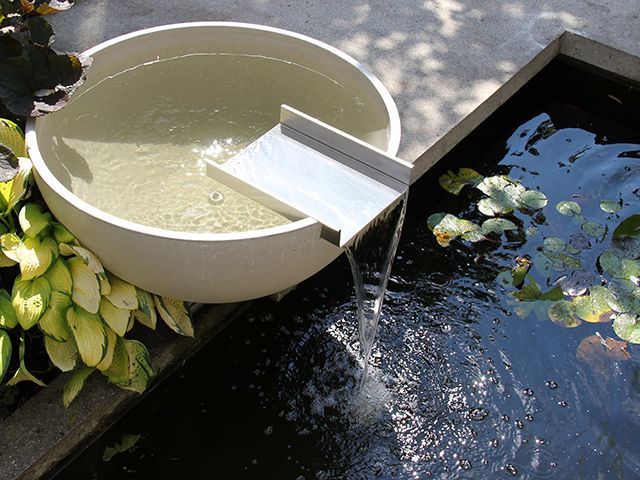
Image: Water bowl scupper, Solus Decor
Your garden pond will be home to all kinds of wildlife, but you have to keep an eye on it during winter, especially where temperatures fall below zero. Clearing fallen leaves and melting the surface when frozen will help keep the water oxygenated. The best way to thaw a frozen pond? Melt gently with the base of a warm saucepan.
Build an insect hotel
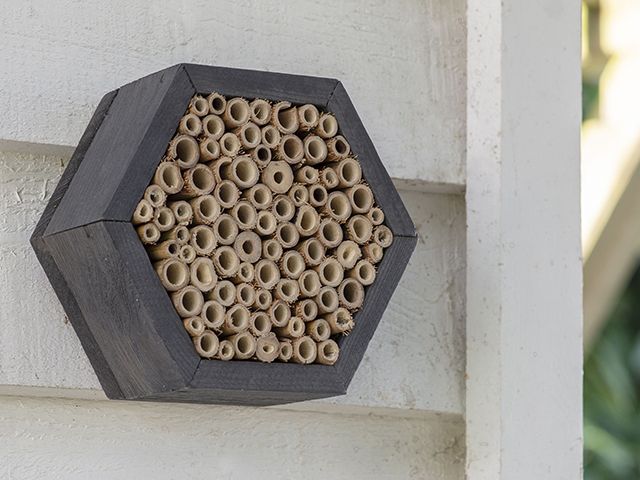
Image: Bee house, Garden Trading
Creating shelter for insects is an easy way to encourage more wildlife and build an eco-system in your garden – the birds and hedgehogs will definitely thank you. Whether or not you choose a ready-made insect hotel like this from Garden Trading, know that insects will happily find a home in the likes of rocks and logs, but using hollow canes and stems also make for an attractive option.
Put up a birdbox
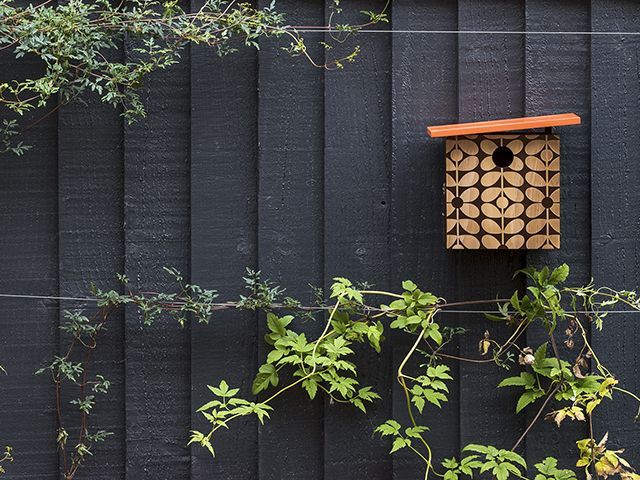
Image: Orla Kiely bird house, Cuckooland
Many birds make their nests in the later winter months ready for their spring chicks, so its never too early to put up a bird house – this Orla Kiely design is one you’d be happy to have on show in your garden. Get to know your feathered guests by installing a camera, such as this one from Amazon, so you can keep tabs on their comings and goings, as well as the progress of baby birds in the spring months.
Do you have any wildlife that regulary visits your garden? Tweet us @goodhomesmag or post a comment on our Facebook page. Or, tag us in winter garden pics on Instagram for a chance to be featured, using the hashtag #ThisGoodHome.




